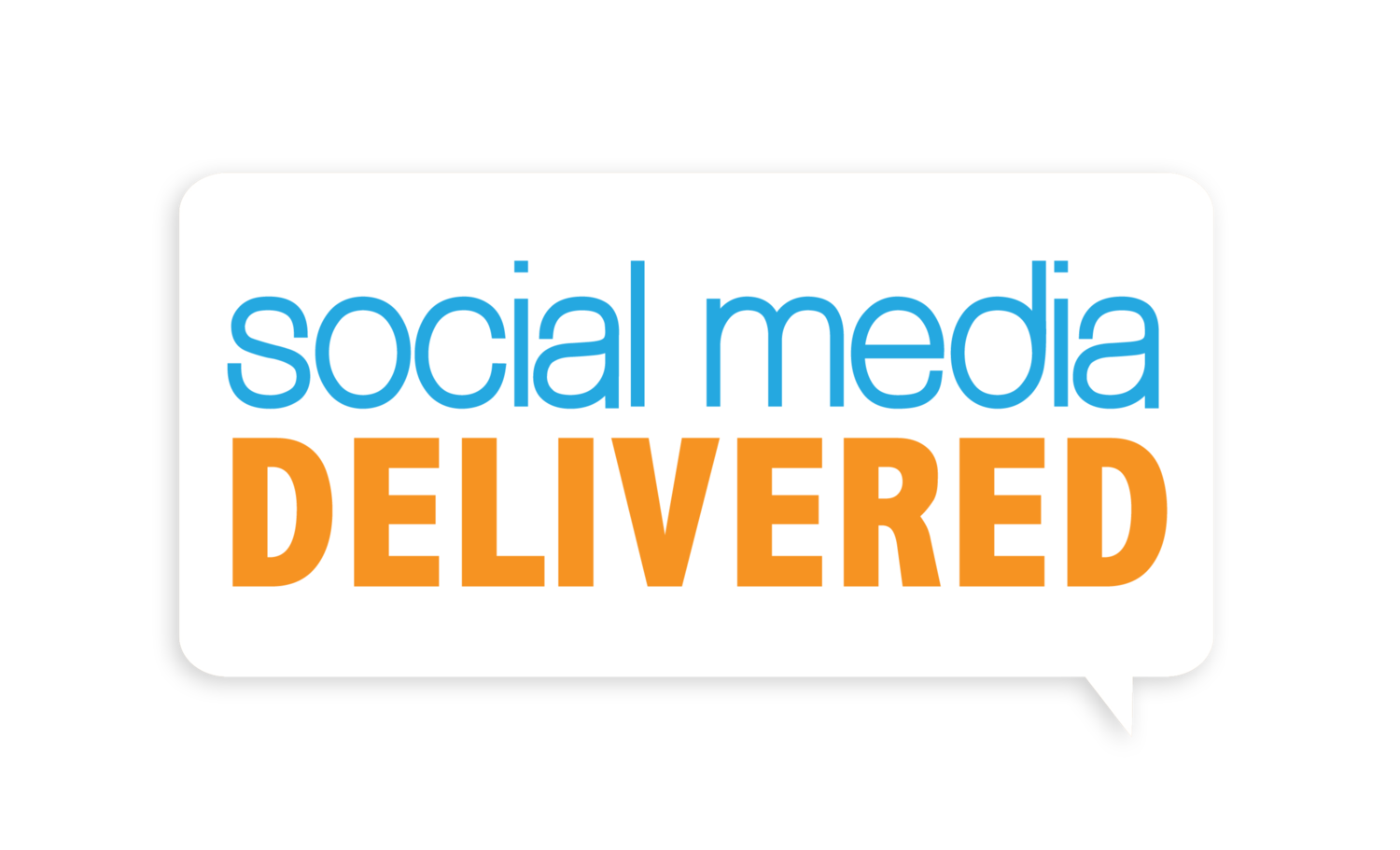Social Media Case Study: Italy's PrimoItalia
by: Mary B Adams | @LadyMissMBA Here at Social Media Delivered we like to keep our eyes on what different kinds of companies around the world are doing with social media. One company that caught our attention recently is Italy’s broadband television provider PrimoItalia. A subsidiary of Vetrya S.p.A., whose “main commitment is to provide innovation to the world of broadband services,” PrimoItalia is a multi-screen TV platform with a bouquet of over 150 live channels available via TV, smart phones and tablets. No subscription, cable box and or activation is required. They are partnered exclusively with Samsung and will be rolling out services on a full range of Samsung TV devices (Internet TV, Smart TV, smart hubs, etc) as well as on gaming consoles. On the forefront of innovation, PrimoItalia is also making it easier for consumers to access premium digital content that can be purchased via smartphones.
Our CEO, @LinkedInQueen, recently had the opportunity to sit down with the executives and the social media team at their headquarters in Orvieto in southwestern Umbria, Italy, to learn where Facebook, Twitter, Pinterest and other social media platforms fit into their marketing mix.
Katia Sagrafena, General Manager and social media enthusiast, heads up the internal team of three responsible for the company’s social media presence. Her approach is broad: “I try all social media. Some of it’s right for us, and some of it is not.” Facebook and Twitter were initial priorities when they started in early 2011, as these were “the most popular” for their clients. Today PrimoItalia is also active on YouTube, Tumblr, and Pinterest, among other platforms.
Katia is particularly fond of Twitter, tweeting for the company and separately via her personal account. She recognizes the value of Twitter for communicating with customers as well as with developing relationships with key industry players and peers. Katia is less fond of Google+, but recognizes that she needs it for SEO benefits.
PrimoItalia is also active on Pinterest and within a few short months, have already managed to entice some 212 followers via a strategic mix of boards ranging from news to cinema Italiano to sports to film trailers. Pinterest has proven valuable for driving traffic to their website and for building brand recognition and notoriety.
In terms of content and frequency, the team recognizes that there are distinctions among the various platforms. They send 2 to 3 Tweets per day sharing news about featured programs to actors and filmmakers to gadgets, including frequent interacting with followers. On Facebook, they create 4 to 5 daily posts, mainly promoting events or shows. New videos are released on their YouTube channel 1 to 2 times per month.
What about response times? Katia and her team believe it is important to respond immediately to comments or questions that come in via their social media channels. They have set up notifications so that they may be alerted about interactions, even on weekends. She explained that behind each demand there is “a person who needs me, my company, or my services, all of which deserve my attention. Why wait until tomorrow?”
Social media is a group effort at PrimoItalia. Katia insists that her entire staff be involved by inserting comments and communicating on the company pages via their personal accounts.
Katia’s husband and Chairman and Founder at Vetrya, Luca Tomassini, by contrast, doesn’t use any social media except LinkedIn. An entrepreneur, Luca considers LinkedIn “a very useful tool for the job because it shortens the distance” when forming relationships. He added, “I am not opposed to social networks (my daughters are heavy users), but at my age, I'm lucky to have already chosen my best friends.”
Asked how Italians view social media in general, Katia responded that while most people are using it on a personal level, many companies are resistant, saying don’t understand the future and the inevitability of this new form of communication. Technology and media firms are the exception, but she predicted it will take longer for other industries like medical to come around. She stated: “I can see how it is difficult it would be for them to get used to, but eventually, they will.”
“In the old days, we’d write press releases and send them out. This is over. Now we use social media to communicate it. The first rule for any company: communicate what you do,” said Katia. For PrimoItalia today, social media is a vital communications tool used to help them stay top of mind for customers and future customers now as well as going forward.
How does PrimoItalia’s approach to social media compare with what your company is doing?

